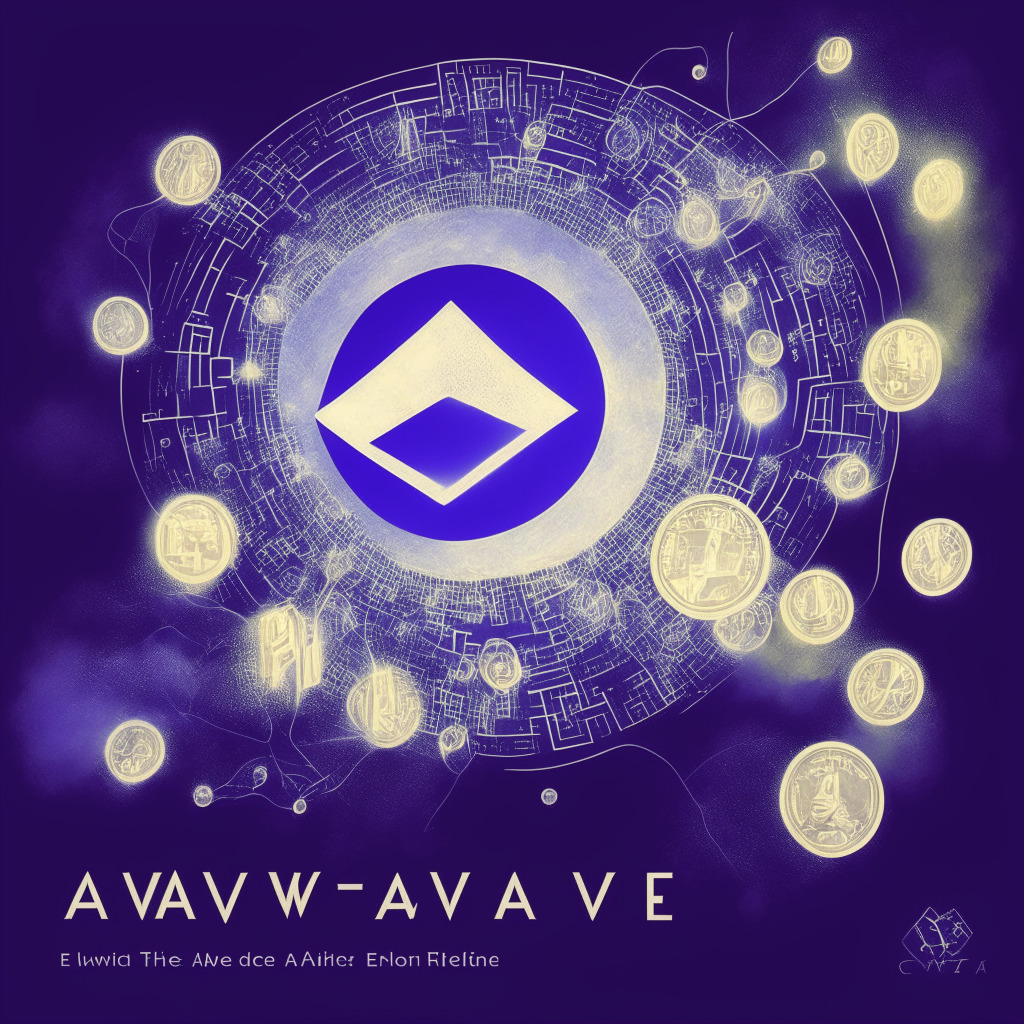Blockchain wallets, the core component of Web3, are inseparable from user identity, providing them ownership of data and permissions in applications and smart contracts. However, the steep learning curve and high stakes of faults have been inconveniences to widespread adoption. Users are often presented with two options, custodial or self-custodial wallets. Whilst the former implies reduced functionality and control due to governance by a centralized third-party, the latter grants full authority but with greater complexity. Innovations are needed to make the blockchain wallet easy as Web2 apps, decentralized, secure and manageable without seed phrases.
Ben Turtel, Founder & CEO of Kazm, emphasizes the point of developing technologies that will make the function of wallets insignificant to users. He foresees the role of wallets fading into the background over the coming years with Web3 offering effortless integration and straightforward onboarding. However, newcomers to Web3 can feel overwhelmed setting up a wallet and seed phrase for using decentralized apps (dApps). The potential array of hurdles includes: remember and protect a seed phrase, keeping track of a string of numbers, deciding whether to sign transactions that are often difficult to understand or trust, knowing how to connect different dApps, finding on and off-ramps for fiat currency, having adequate tokens to cover transaction fees, and combating a diverse range of hacking threats.
Innovative technologies promise to combat the account management issues of Web2 and the wallet barrier of Web3. Improvements to the user experience interacting with dApps on blockchains and new approaches to identity verification and secure, convenient logging-in to apps and services will simultaneously enhance functionality and security for users.
Smart contract wallets, that operate on blockchains, offer a range of features not provided by standard wallets due to their programmable nature. These programmable accounts can add significant functionality, including simplified and automated transactions across dApps, private key recovery systems, security safeguards, and advanced transaction simulation features.
Decentralized identifiers (DIDs) present a way forward for a Wallet-less Web3. A combination of smart contract configuration and DID verification can retire the conventional Web3 wallet. Users can authenticate and initiate transactions via a simple interface with the inclusion of verification from a user’s DID. DIDs give users control over their data with cryptographic protection whilst reducing the need for seed phrases.
The journey to a completely newfound, user-friendly and technologically advanced blockchain wallet facility is still underway. However, the progress already made signals positive changes and the potential to introduce a mass number of users to web3. It envisages an era where wallets, much like databases in Web2, are a thing of the past for a majority of users. A simpler, more secure and interoperable blockchain experience is on the horizon. For brands and businesses, this means smoother user onboarding and enhanced functionalities for their loyalty programs. Users, on the other hand, will be able to enjoy all the perks without knowing the complexities behind how they interact with the blockchain.
Source: Coindesk




